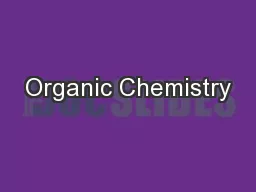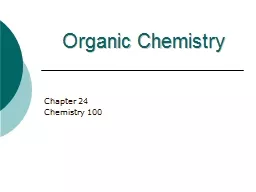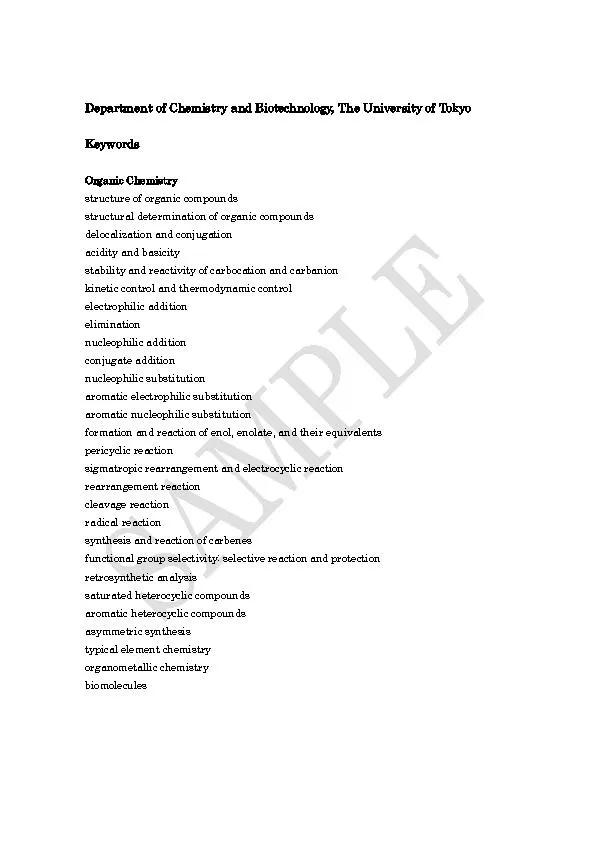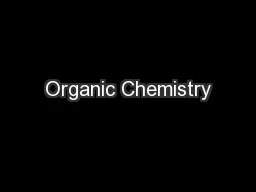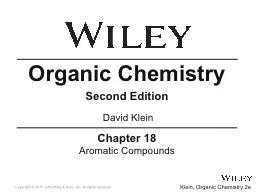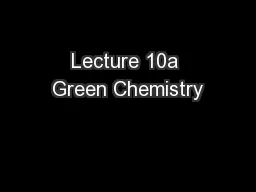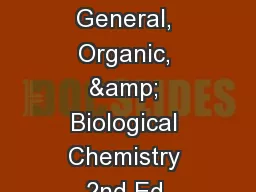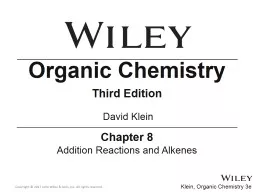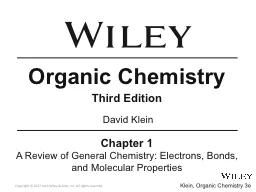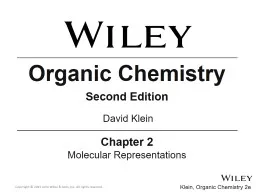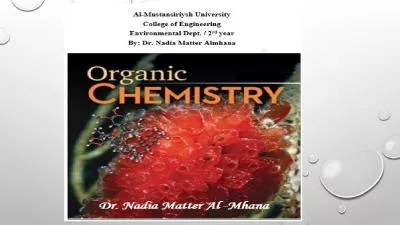PPT-Organic Chemistry
Author : min-jolicoeur | Published Date : 2015-11-21
Part 4 Reactions of Alcohols Substitution Rxns Reactions of Alcohols Combustion General eqn for an alcohol combusting completely in oxygen C n H 2n1 OHl 2n1O 2
Presentation Embed Code
Download Presentation
Download Presentation The PPT/PDF document "Organic Chemistry" is the property of its rightful owner. Permission is granted to download and print the materials on this website for personal, non-commercial use only, and to display it on your personal computer provided you do not modify the materials and that you retain all copyright notices contained in the materials. By downloading content from our website, you accept the terms of this agreement.
Organic Chemistry: Transcript
Download Rules Of Document
"Organic Chemistry"The content belongs to its owner. You may download and print it for personal use, without modification, and keep all copyright notices. By downloading, you agree to these terms.
Related Documents

